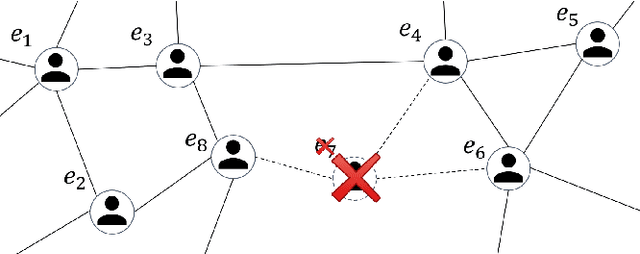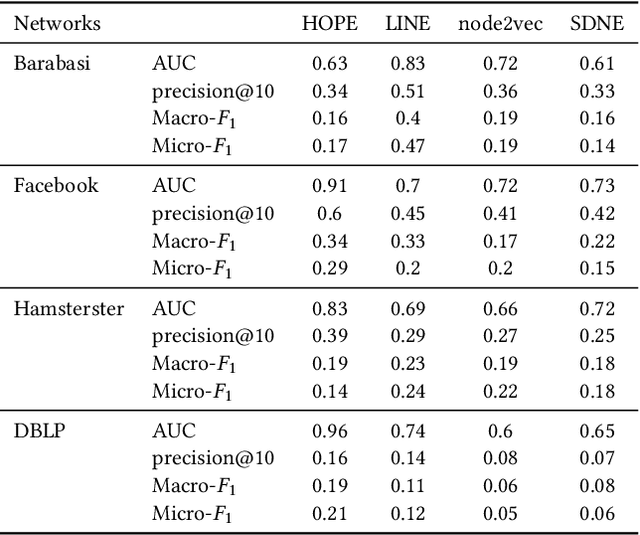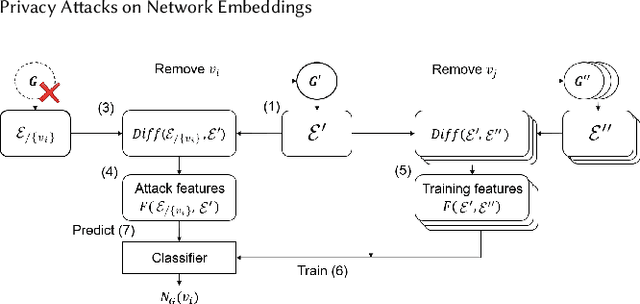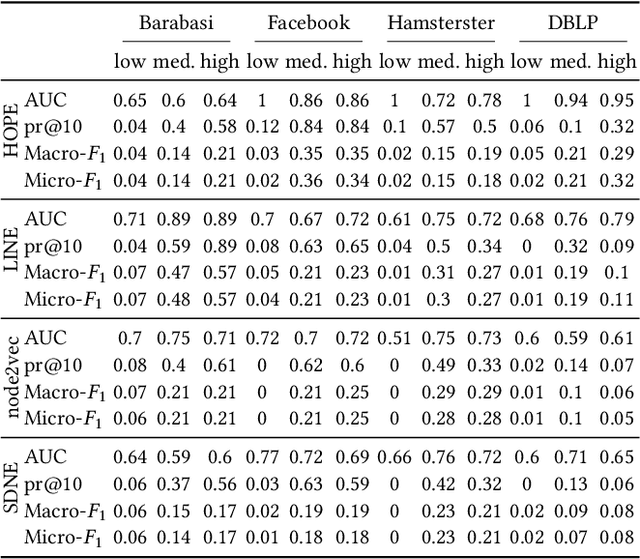Privacy Attacks on Network Embeddings
Paper and Code
Dec 23, 2019



Data ownership and data protection are increasingly important topics with ethical and legal implications, e.g., with the right to erasure established in the European General Data Protection Regulation (GDPR). In this light, we investigate network embeddings, i.e., the representation of network nodes as low-dimensional vectors. We consider a typical social network scenario with nodes representing users and edges relationships between them. We assume that a network embedding of the nodes has been trained. After that, a user demands the removal of his data, requiring the full deletion of the corresponding network information, in particular the corresponding node and incident edges. In that setting, we analyze whether after the removal of the node from the network and the deletion of the vector representation of the respective node in the embedding significant information about the link structure of the removed node is still encoded in the embedding vectors of the remaining nodes. This would require a (potentially computationally expensive) retraining of the embedding. For that purpose, we deploy an attack that leverages information from the remaining network and embedding to recover information about the neighbors of the removed node. The attack is based on (i) measuring distance changes in network embeddings and (ii) a machine learning classifier that is trained on networks that are constructed by removing additional nodes. Our experiments demonstrate that substantial information about the edges of a removed node/user can be retrieved across many different datasets. This implies that to fully protect the privacy of users, node deletion requires complete retraining - or at least a significant modification - of original network embeddings. Our results suggest that deleting the corresponding vector representation from network embeddings alone is not sufficient from a privacy perspective.
 Add to Chrome
Add to Chrome Add to Firefox
Add to Firefox Add to Edge
Add to Edge